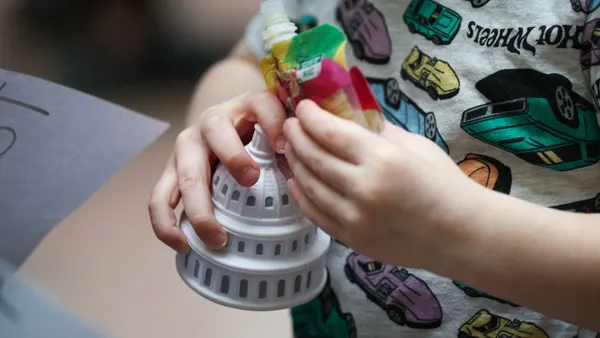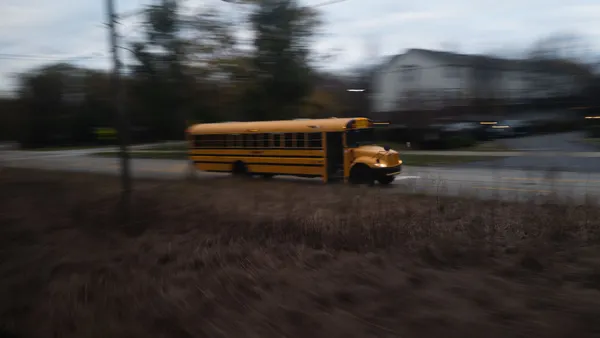Dive Brief:
- California students collectively lost more than a half-million days of instruction to out-of-school suspensions during the 2021-22 school year, a slight decline from previous years, according to the UCLA Civil Rights Project and the National Center for Youth Law.
- A closer analysis, however, shows severe, disparate impacts for different student groups. African American youth in the foster system lost 121 days of instruction per 100 students enrolled, while African American youth experiencing homelessness lost 69 days per 100 enrolled. Those rates compare to a statewide average for all students of 10 days lost.
- The report provides recommendations for reducing suspensions and highlights efforts in the Los Angeles Unified School District that led to reduced suspension rates for African Americans, Latinx and students with disabilities compared to the 2018-19 school year.
Dive Insight:
In 2015, LAUSD, the country's second largest school district, became the first California school district to prohibit suspensions for disruptive behavior or willful defiance. The report said in LAUSD, the out-of-school suspension rate for all students dropped to 0.7 days per 100 students enrolled in 2021-22 and no student group lost more than 3 days.
“While the LAUSD is far from perfect, their progress stands as an example that other large school districts can learn from in reducing out-of-school suspensions,” said Daniel Losen, the report's co-author and senior director of education at the National Center for Youth Law, in a statement.
This research is the first to highlight how post-COVID suspensions in 2021–2022 added to the pandemic’s harmful impact of instructional loss, particularly for students from student groups most harmed by the pandemic, according to the report's authors.
Referring to the statewide high rates of suspensions for African American students in the foster system and those who are experiencing homelessness, Losen said, “We know from our other studies, investigations, and direct work with school districts that despite the important efforts to restrict such punishment for merely disruptive behaviors, these students are still sent home in high numbers for other minor forms of misconduct, including use of profanity and vulgarity."
Statewide, lost instructional time equaled 10 days per 100 students enrolled in 2021-22, down from 12 days in 2017-18.
Recommendations in the report include:
- Put out-of-school suspension data on state and district dashboards. To more effectively address the impact of exclusionary discipline on educational opportunity, the state accountability system should evaluate increases or decreases of lost instruction time.
- Make data for lost instruction time more visible and accessible. While data on exclusionary discipline is available for analysis from the state, it must be downloaded and the state does not calculate lost instruction time due to discipline. Additionally, the report said state data on lost instruction days should be disaggregated by reason for suspension.
- Spend money on behavioral supports, not school policing. Prior research from the UCLA Civil Rights Project's Center for Civil Rights Remedies found higher rates of lost instruction, especially for Black high school students, at California high schools with more police on campus.
- Increase oversight and accountability for protecting student groups with disparate discipline rates. Stronger and more urgent action is needed to address racially discriminatory discipline policies."Unfortunately, the children who need the most support and lifting up—foster and homeless youth of color— are the ones being harmed most severely by educators’ decisions to remove them from school and send them home," the report said.













